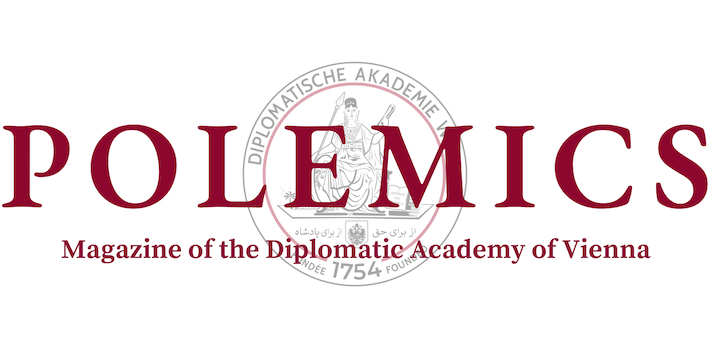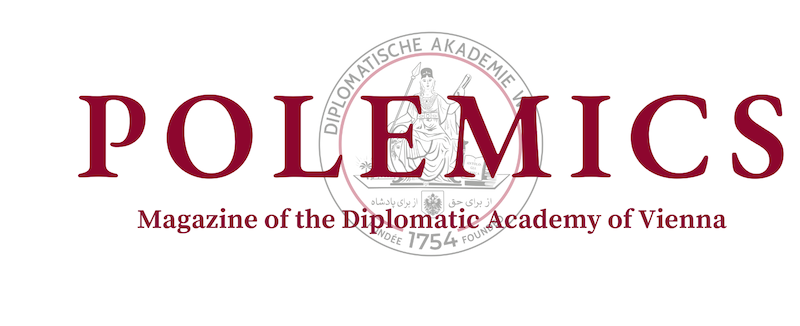The EU’s cohesion policy is the centrepiece of connecting citizens to the EU institutions and showing them how the EU can directly affect their lives. Its importance has recently been questioned. When asked how the EU has affected their lives, young European citizens refer mostly to convenient travel across Europe and using one currency. This raises important questions about European identity and the extent to which EU citizens feel a sense of belonging in an increasingly complex geopolitical landscape. While cohesion policy is one of the EU’s rare tools that can directly and positively influence its citizens, the current geopolitical crises, including ongoing security threats and economic instability, are putting pressure on the European Commission. This shift risks undermining the funding of cohesion policy in favor of immediate security-related concerns.
The cohesion concept was introduced to the EU treaties in 1993 with its intended aim to ensure equitable participation in growth and prosperity across the EU in order to level the playing field by addressing disparities in economic development, infrastructure, and regional development. As the EU liberalised its internal markets, all regions were bound to be affected disproportionately, therefore allowing cohesion policy to address social and territorial differences and ensure comparable living standards for all Europeans. The policy is highly relevant for allocating developmental funds to peripheral European regions. It also strengthens other aspects of European resilience and security by playing a vital role in the EU’s green transition. It encourages Member States to increase investments in strategic technologies, thereby boosting European competitiveness and innovation. Considering these high ambitions, it’s unsurprising that the current cohesion funds account for almost a third of the EU’s total budget.
During the current EU crises and a changing discourse regarding funds, the importance of cohesion policy has been questioned. Recently, the EU has found itself in an unstable geopolitical situation, with the war in Ukraine and the resulting energy crisis, combined with the new US tariff policy. Because of this, more EU Member States are pushing for rearmament and calling for flexibility in the budget. To protect its industry, programmes have been launched by the Commission to diversify energy supply, boost European defense capacities, and address its position in the escalating economic relationship between the United States and China. But these recent developments directly undermine the importance of cohesion policy in the EU. On top of this, the Commission has encouraged Member States to re-allocate part of their EU funds to support the new priorities, draining funds that are directed toward the cohesion policy.
These tensions are embodied in the recent institutional collisions between the European Commission and the Committee of the Regions (CoR). In the past, both of these institutions recognised the importance of cohesion policy, as demonstrated by the introduction of the “Do no harm to cohesion” principle in 2022, when the Commission highlighted the need to improve coherence between EU policies. It focuses on giving new policy areas, such as interdependence and social climate policy, a specific regional perspective without worsening regional disparities.
The CoR acts as the advisory body in policy areas concerning regional development, and has emphasised that while it welcomes the “Do no harm to cohesion” principle, the recent energy crisis displayed the importance of geographic differences within the EU and had a bigger effect on vulnerable citizens. It pointed out that no mechanisms exist to ensure that EU policies contribute to the Union’s overall harmonious development. The discussion between the two institutions culminated in the beginning of 2025, as the new European Commission allegedly entertained changes for the next budget period in 2028–2034. Thus far, no official document has been published. This reform would include a centralised management of resources at the national and EU levels as a way to increase EU competitiveness. On the other hand, it would directly undermine cohesion policy by reducing regional participation in fund allocation. CoR members have pointed out that this reform could be a cause for concern, since the success of the European single market is related to the success of the cohesion policy. In February 2025, as the CoR entered a new mandate period, no time was wasted to stress that while the new Committee supports more flexibility in managing European funds, their stance against the centralisation of cohesion policy remains. They maintain that security includes multiple dimensions, entailing social, environmental, and technological perspectives, which should be addressed with cohesion in mind. A strong cohesion policy improves the EU’s long-term resilience by addressing these issues.
In the European institutional landscape, the CoR acts as an advocate for cohesion policy and functions as a direct link between regions and centralised European institutions, since its members are elected regional representatives. To ordinary European citizens, the EU and its complex institutions and processes can seem abstract and foreign. This is especially true for the peripheral regions, which lack industrial capacity and receive disproportionately less investment and opportunities for regional development. Cohesion policy is vital in addressing this issue, as it provides access to funds for remote regions, which contribute to their development and security. For example, in a small village in the Czech Republic, the local community was able to renovate its outdated fire station thanks to cohesion funds. In this case, cohesion funds were used to improve citizens’ lives and preparedness – an issue even more critical in the context of the global climate crisis. The EU should be concerned with its impact on these regions and citizens, as this affects the relevance and legitimacy of the institutions.
The ability to rally public support for the EU in its Member States is increasingly important in light of the aforementioned geopolitical crises, which is why the strategic role of cohesion policy for the EU should not be questioned.
The EU will inevitably have to continue to deal with its own diversities and territorial, economic, social, and cultural differences. Considering the current tumultuous international climate, the EU should find use in the policy, which enables it to get involved in the lives of European citizens and effectively contribute to their security while addressing the issue of being remote and inaccessible. A modernised cohesion policy should allow flexibility to boost the EU’s strategic priorities. Local voices should not be left out in the process of centralising the management of resources, as is maintained by the CoR.
Written by Ema Žagar, Edited by Myrddin Janosh Snoeck.
Photo Credit: Christiam Lue (December 24, 2020), on unsplash.com.









